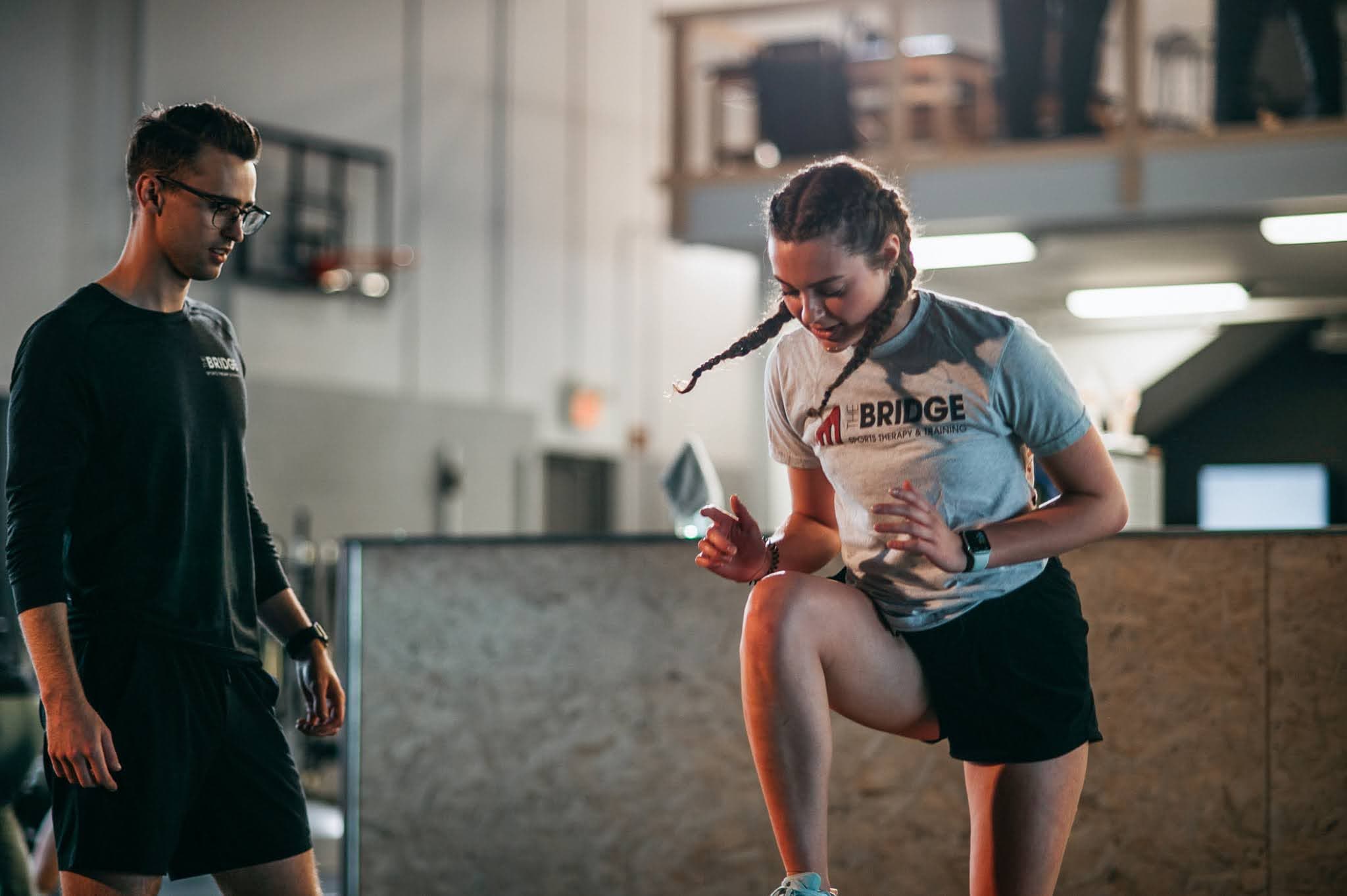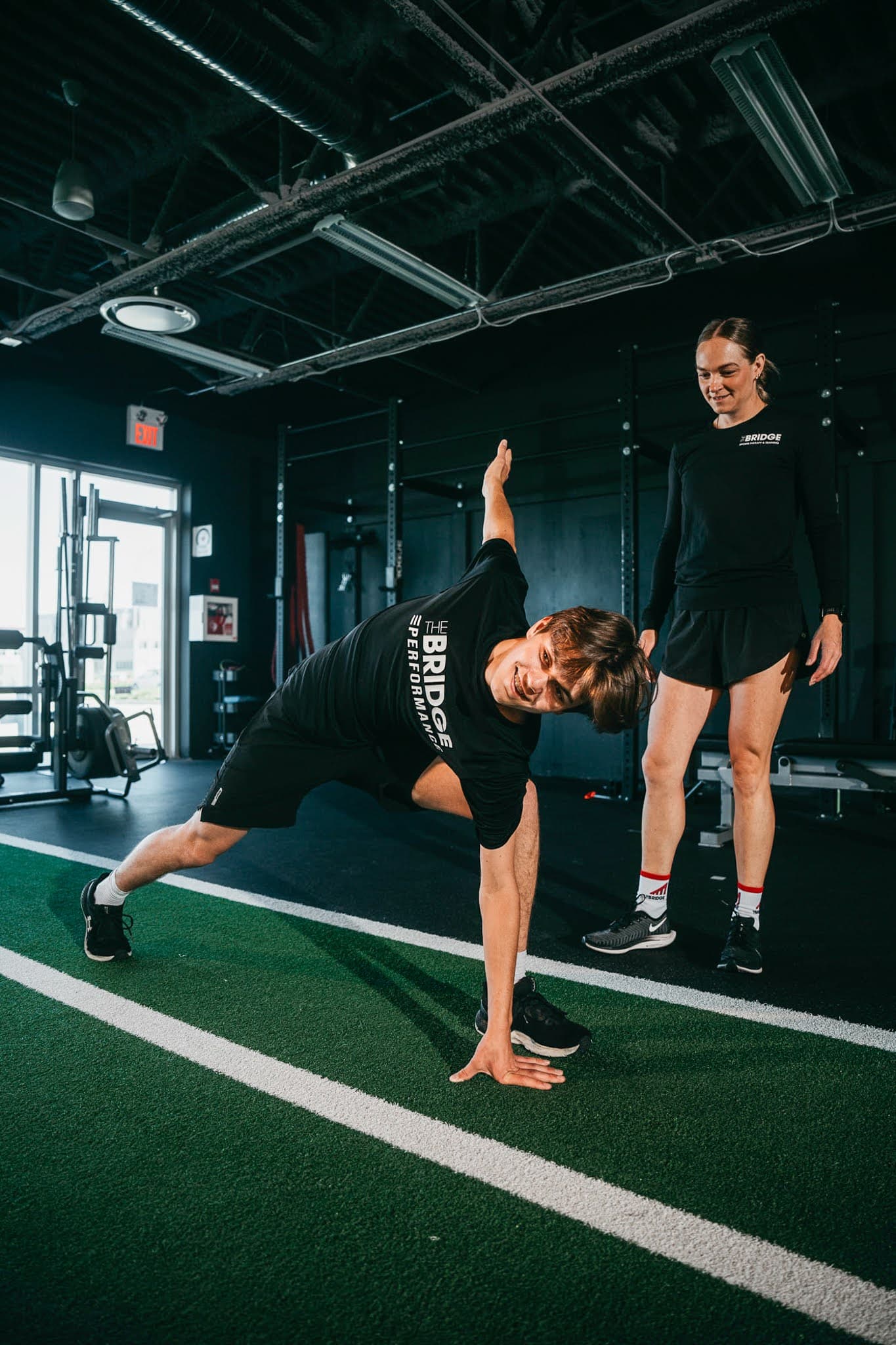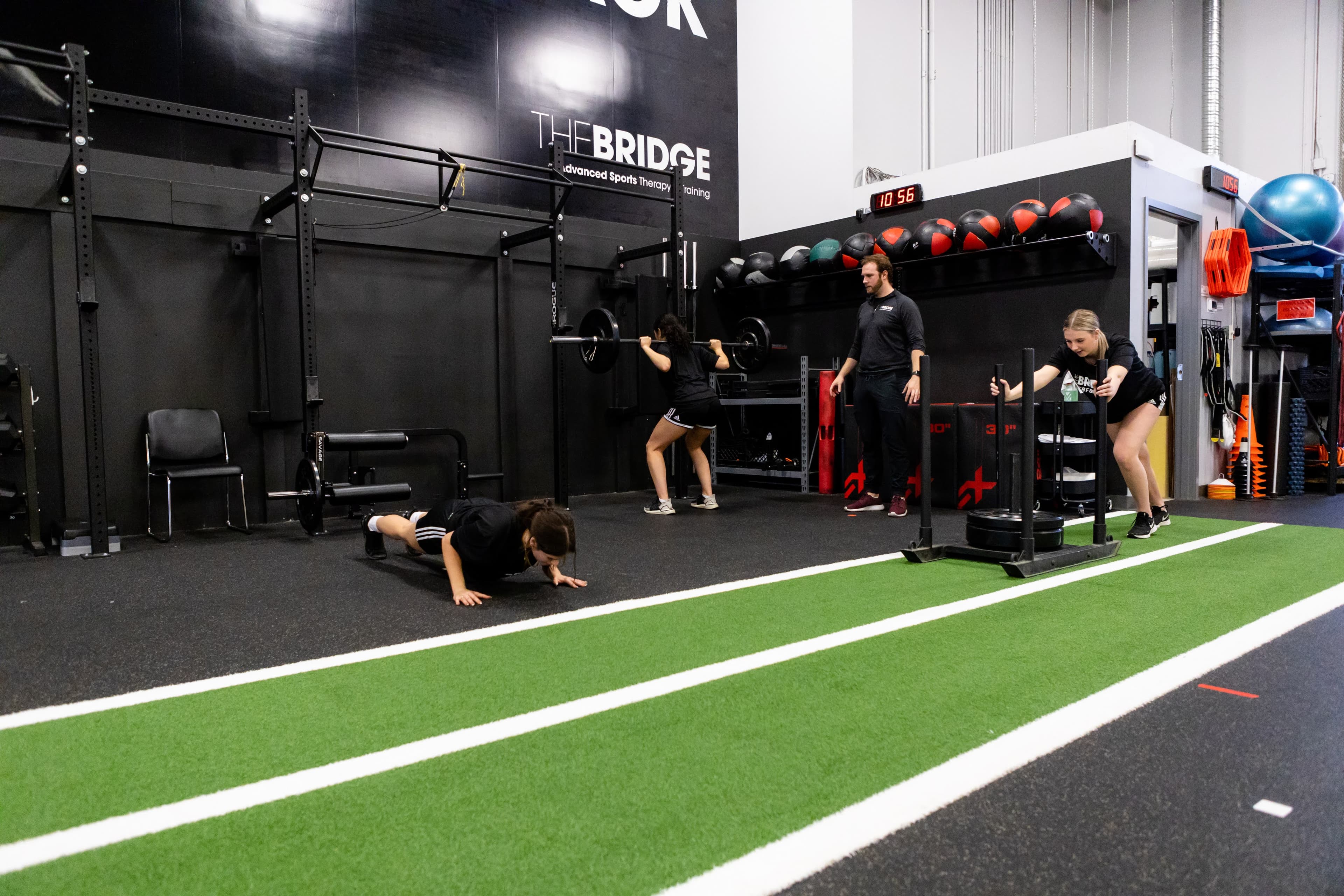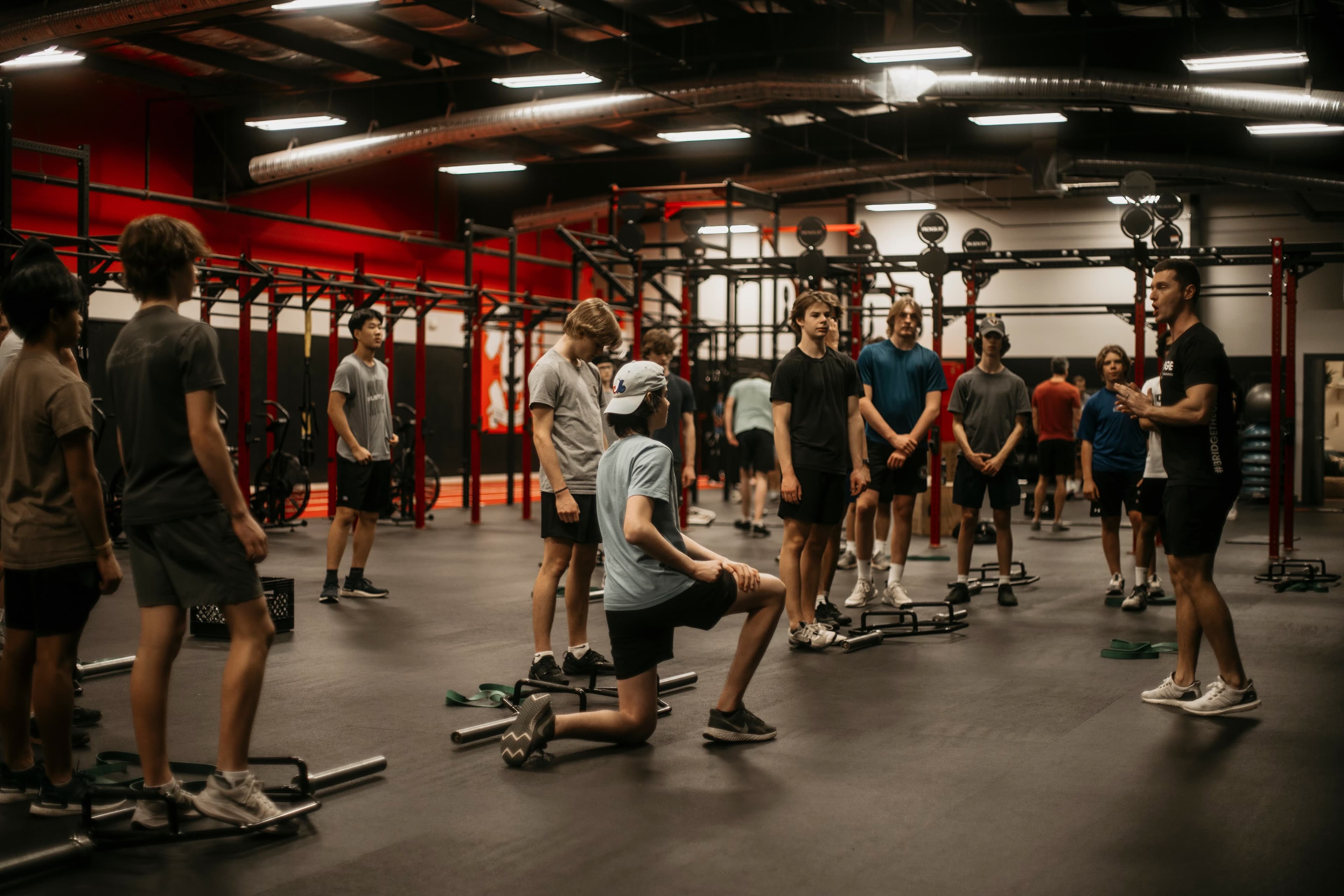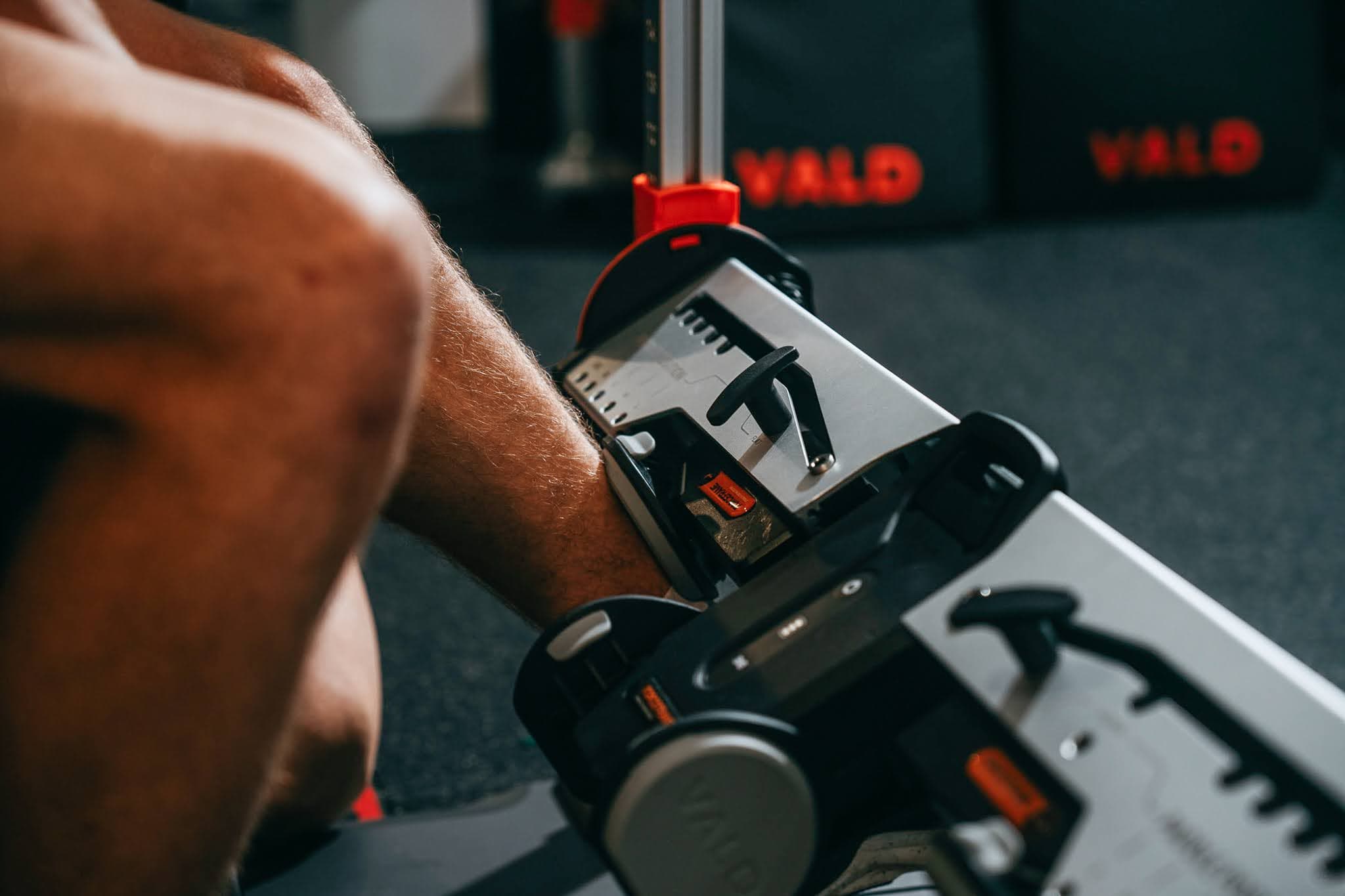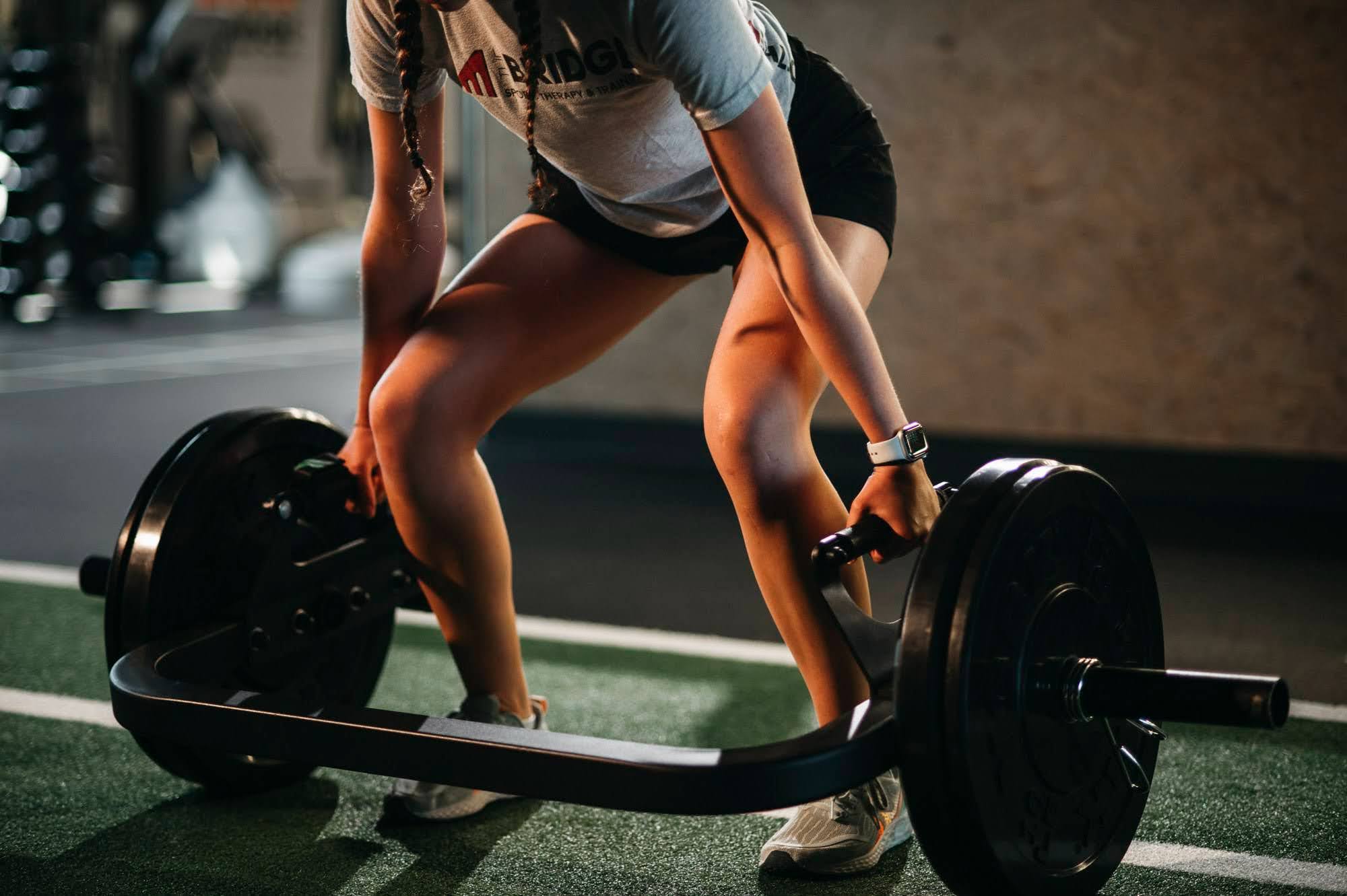Training
Options
Whether you’re looking for one-on-one personal training, the energy of group classes, structured registered programs, or detailed performance testing, we offer a range of options designed to meet your goals. Each training option is tailored to build strength, refine technique, and help you reach your highest potential.
Areas We
Specialize
Certain sports and activities demand more than a general training approach—that’s why we offer focused programs tailored to the unique demands of your sport with expert coaches that speak your language.
Run Training
Designed to enhance speed, endurance, and injury resilience, this program tailors form analysis, strength, and conditioning work to your running goals. With a focus on technique and gradual progression, cut seconds off that personal best safely and sustainably.
Golf Training
Boost strength, flexibility, and stability for improved power, accuracy, and control on the course. Targeted exercises and movement analysis build a strong athletic foundation, adding distance to drives, consistency to shots, and reducing common golf injuries.
Team Training
Elevate team performance with sport-specific conditioning, strength training, and injury prevention. Each session is crafted to enhance physical readiness, build team cohesion, and prepare athletes for the demands of competition, customized to your sport’s unique needs.
Data-Driven
Performance
Take the guesswork out of your progress.
Our approach to data in training allows us to create tailored, effective programs and allows us to monitor how your body responds to training, adjusting your workload as needed to maximize results. Using cutting-edge technology, we assess key performance metrics like strength, speed, mobility, and endurance. This data forms the foundation of a personalized plan, ensuring that every session targets your unique needs and tracks your progress in real time.
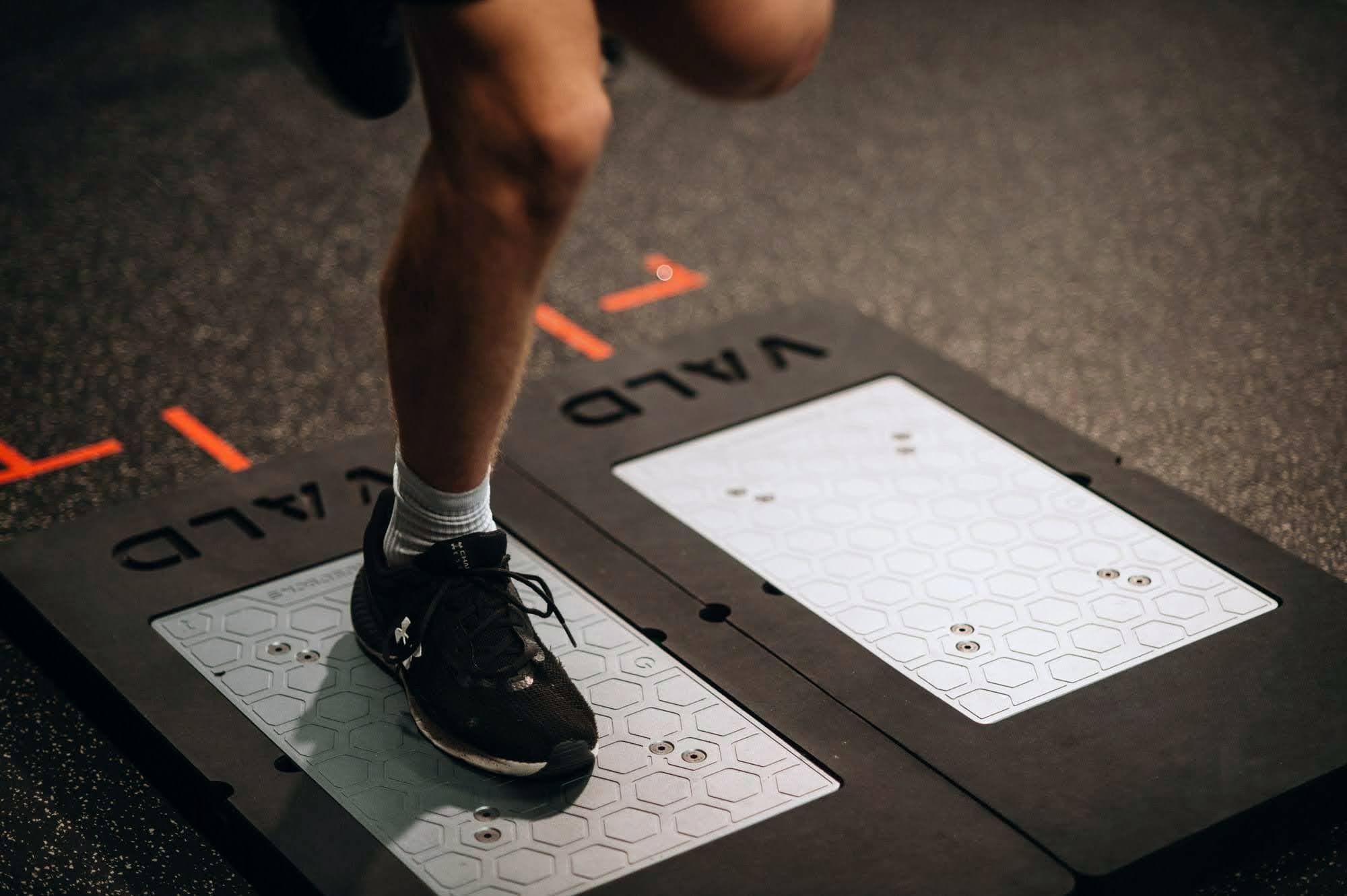
OUR PARTNERS
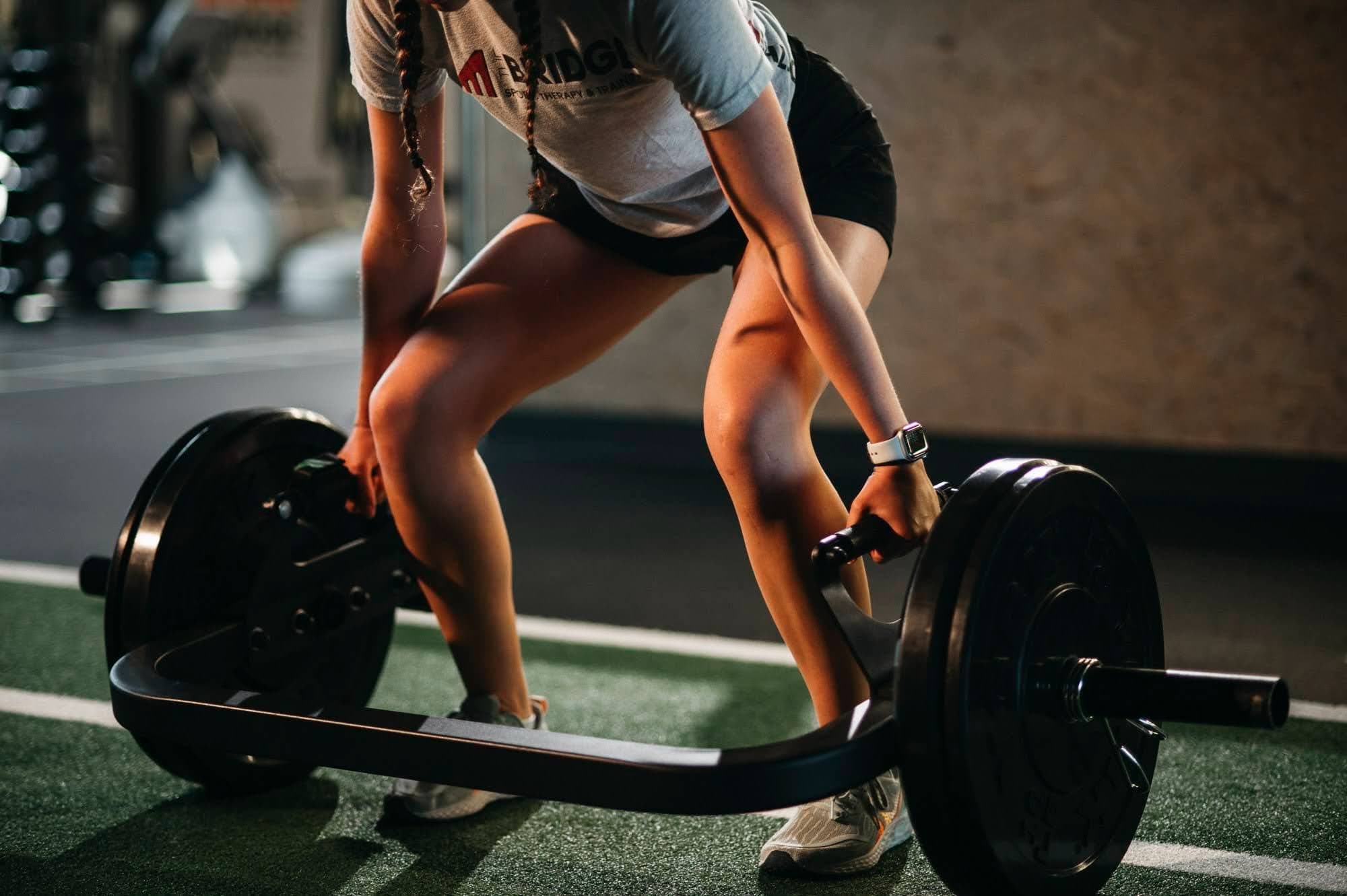
Start Your
Journey
Meet Our
Coaches
Frequently asked
Do I need to be injured to visit the Bridge?
Do I need to be an athlete to come to the Bridge?
What can I expect from my first session?
Do I need a doctors referral?
No. Many of our clients come to us with performance concerns, even without presenting pain or injury. Anybody that wants to move better, prevent injury or optimize performance can benefit from building out a program and working with our strength coaches.
No, absolutely not! We have a special love for the athletic community, but you do not need to be an athlete to benefit from training with our coaches. No matter your goals, we can help your squeeze the most out of your performance.
Your first session will include a detailed assessment of your history, background, and goals moving forward. This extra time lets us get a holistic view of your unique challenges and goals to better inform our plan moving forward.
Our coaches are well-rounded performance experts, but everyone has disciplines, activities, or specific sports that they specialize in. Start by looking around our online booking site to find their availability or head to the staff bios to find a coach who is a good fit for your activity/sport.
